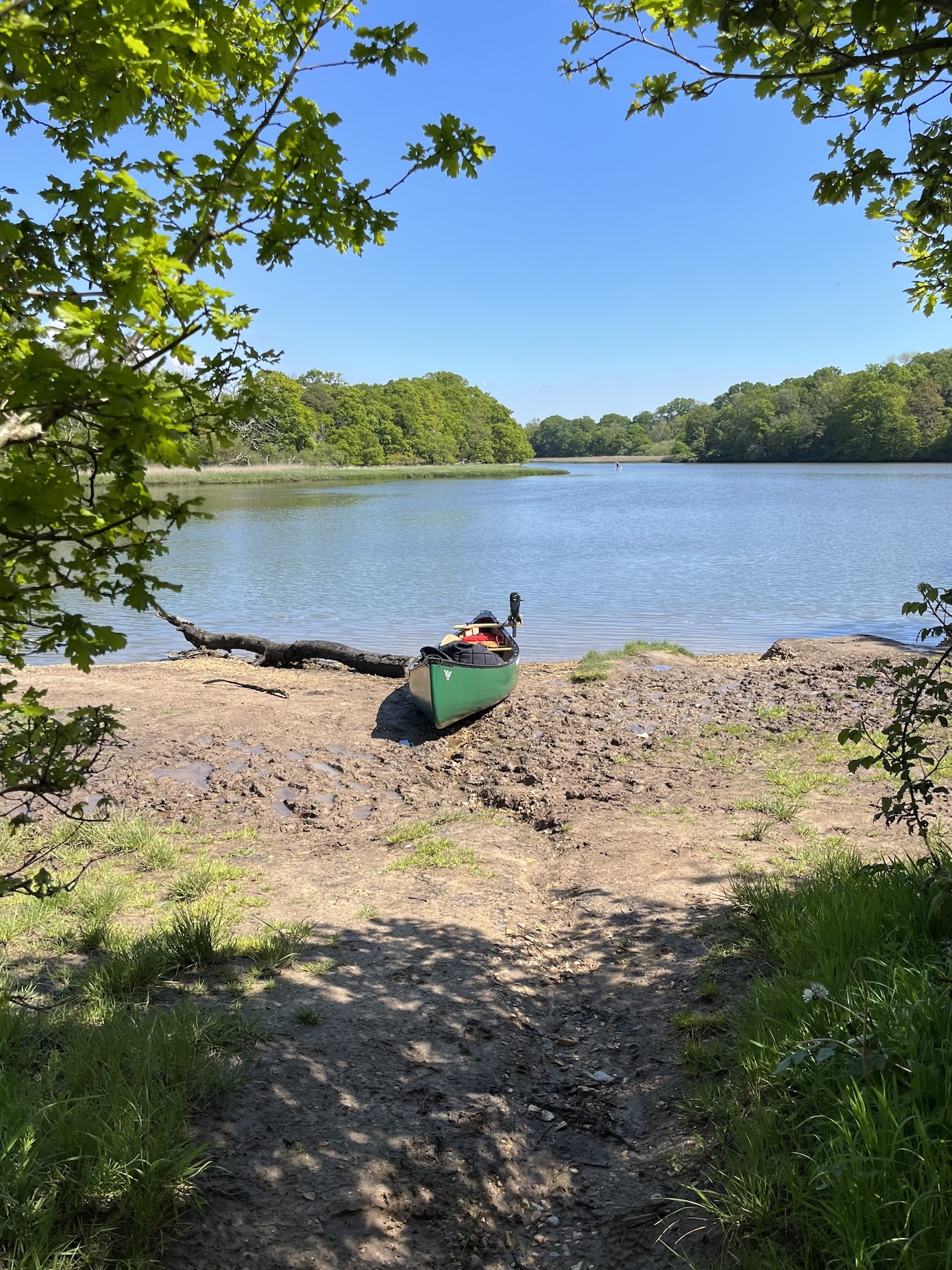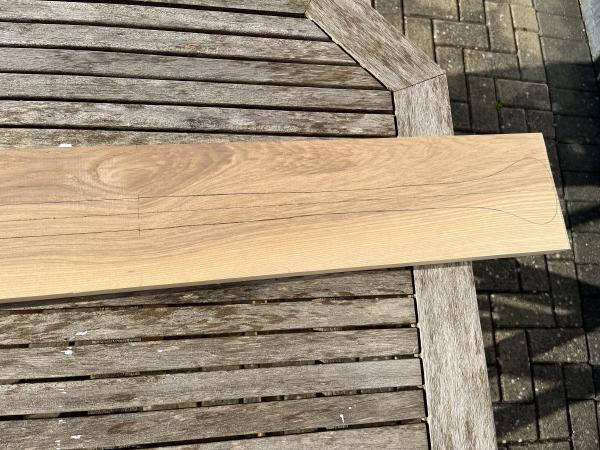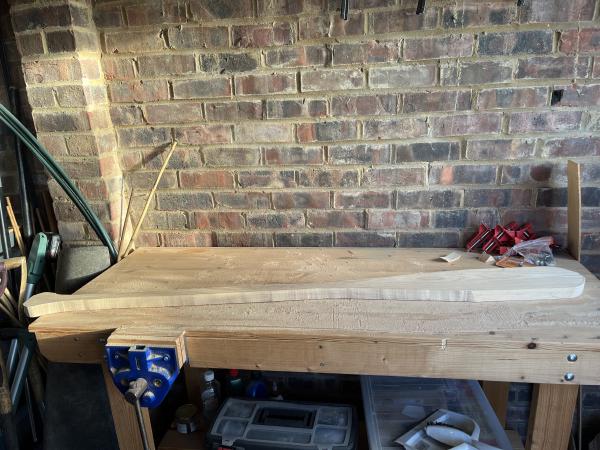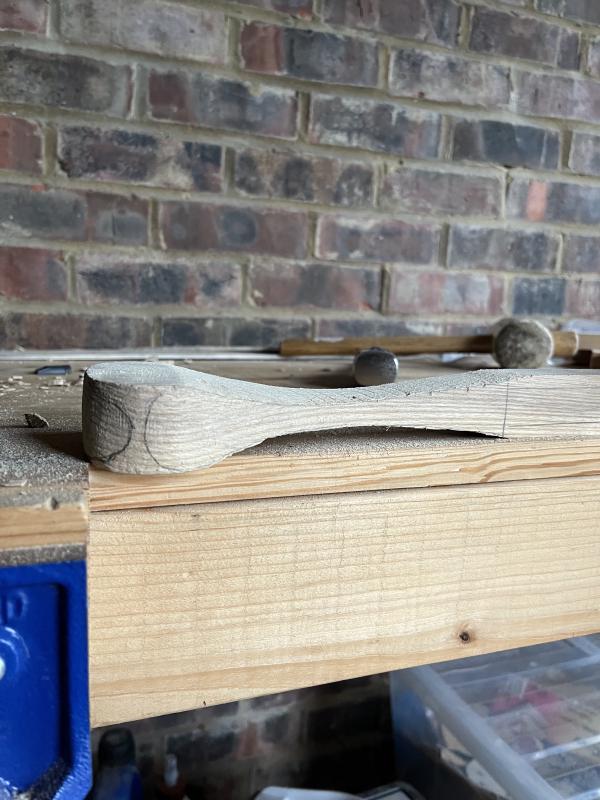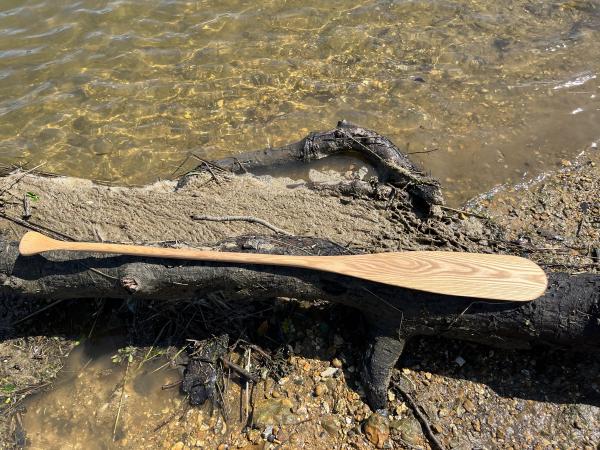I’ve made two paddles over the last few years - both for stand up paddleboarding. The first was my first ever woodwork project, where I fumbled along to a YouTube video and couldn’t beleive I ended up with a functioning paddle. The second was meant to take some of the lessons learned from the first and channel them into a slightly more ambitious paddle. I didn’t really know what I was doing for either of them, but I finished them and they work.
I’ve fancied making a beavertail canoe paddle for a while, and this time I decided to try and get a clue. On the recommendation of this enjoyable YouTube video I bought Canoe Paddles: A Complete Guide to Making Your Own and followed its guidance to make a beavertail canoe paddle from a single plank of ash. I’ve made a few projects with ash and I love it. It smells incredible when it’s being worked and the wood has a lovely creamy colour. It’s also the traditional wood for canoe paddles - people have been making ash paddles for at least 6,000 years, according to Robert Penn’s gentle and inspiring book, The Man Who Made Things Out Of Trees, which details how Robert felled a single ash tree and then invited artisans to make as many beautiful things as possible from it.
Sadly I don’t have an ash tree to fell, so I used ash from Fyne Boat Kits. I used handtools for the whole project; most of the work was done with a spokeshave, with a little bit of rasp and smoothing plane action. Carving away at a block of ash with a spokeshave is work that’s good for the soul.
Four months after taking deliery of the wood I was ready to take the paddle out for its shakedown cruise:
It works!
